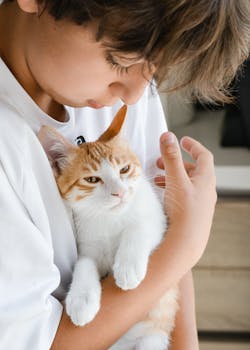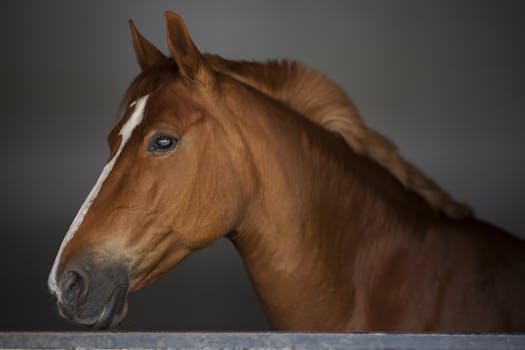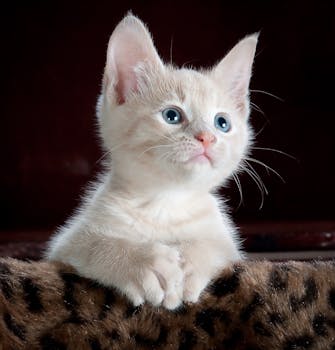Innovative Pet Tech: Best Gadgets This Year!
Innovative pet tech has surged forward this year, bringing a wave of gadgets that revolutionize how we care for and interact with our furry friends. Imagine a world where your pet's well-being is monitored in real-time, their health needs are met with precision, and their playtime is more engaging than ever. Welcome to the future of pet care, where technology isn't just an add-on; it's an integral part of our pets' lives.
First up is the smart collar, an absolute game-changer. It's not just about tracking your pet's location anymore—these collars come equipped with GPS, activity monitoring, and even health insights. Picture this: your dog’s collar alerts you if they’re not getting enough exercise or if their heart rate spikes, potentially catching health issues before they become serious problems. Companies like Whistle and Fi have led the charge, making sure we stay connected with our pets no matter where they roam.
Interactive toys have also taken a leap into the future. No longer just static chew toys, the latest interactive gadgets keep your pets entertained and mentally stimulated. The Wickedbone is a prime example—it’s a smart bone that moves and responds to your pet’s touch, providing endless entertainment. These toys aren't just about fun; they help alleviate anxiety and prevent destructive behavior, making them a must-have for any pet owner.
Then there's the pet camera with treat dispenser. Devices like the Furbo Dog Camera do more than just let you check in on your pet while you're away. They allow you to interact with your pet, dispense treats, and even alert you if your dog is barking excessively. It’s a perfect blend of surveillance and interaction, giving peace of mind and keeping pets engaged.
Health and wellness have seen significant advancements with pet tech too. Take the Sure Petcare Animo, an activity and behavior monitor that tracks everything from your pet’s sleep patterns to their activity levels. It's like having a Fitbit for your pet, offering insights that can lead to better health management and more informed visits to the vet.
We can't ignore the rise of smart litter boxes, which are a godsend for cat owners. The Litter-Robot, for instance, automatically cleans up after your cat, significantly reducing the hassle of litter box maintenance. It uses sensors to detect when your cat has used the box and then goes through a cleaning cycle, ensuring a fresh environment every time.
And let’s not forget about the advancements in pet grooming tech. The latest grooming gadgets, like the Dyson Groom Tool, not only make grooming easier but also more effective. They remove loose hair directly from your pet and capture allergens, making it a win-win for both pets and their owners, especially those with allergies.
In a world increasingly driven by technology, these gadgets aren’t just luxuries; they’re essential tools that enhance the quality of life for our pets. They provide safety, health monitoring, entertainment, and convenience, bridging the gap between human and pet needs in the most innovative ways. As we embrace these technologies, we’re not just adopting new gadgets; we’re paving the way for a future where pet care is smarter, more efficient, and more in tune with the needs of our beloved companions. So, gear up and get ready to welcome these incredible innovations into your home, transforming how you and your pet experience life together.
For More Information Click Here










